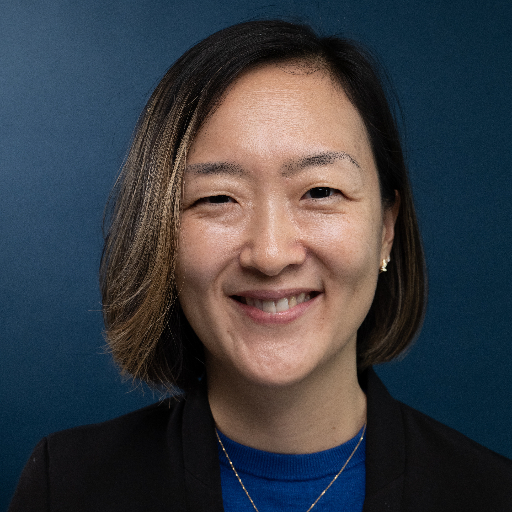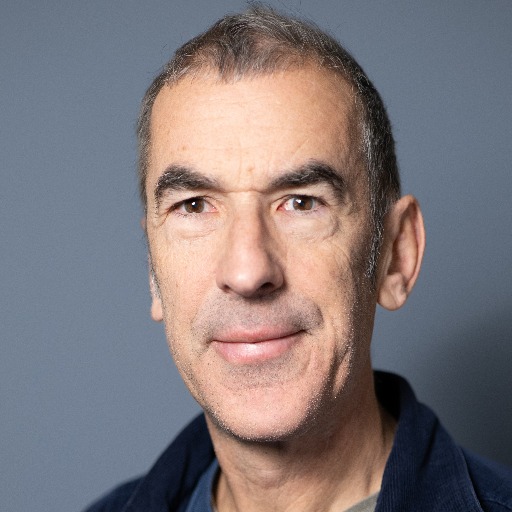Tourism must become more inclusive

The researchers want to contribute knowledge and raise awareness about inclusive tourism and place branding.
Tourism has been criticised for being both primarily targeted at privileged groups, and for helping to reinforce clichés in how places are perceived – thus reducing them to monocultures where the complexity that makes them interesting disappears, so finds a Malmö University researcher.
In the research project, The Role of Tourism in Multicultural Societies, researchers have investigated which demographic groups and perspectives are included and which are not.
People of Asian origin often appear in marketing that aims to emphasise Sweden as an attractive place for education. If the aim is to profile a hiking trail for foreign tourists, it is rather a white nuclear family that is shown.
Sayaka Osanami Törngren
In the tourism sector, inclusion has often been about increasing accessibility for people with disabilities. The researchers, from Malmö, Gothenburg, Karlstad Universities and the University West, want to broaden the perspective and highlight factors such as nationality, ethnicity, and skin colour. They believe all social groups should have the opportunity to experience different places, but also be able to participate in the development of a location.
The researchers found that marketing is often aimed at external groups; however, tourism is also about local perspectives and involving residents in the process of what you want to develop and discuss about the area.
“It's also a sustainability issue – it's about seeing the residents as just as important as the tourists,” says, says Eva Maria Jernsand, senior lecturer in marketing at the University of Gothenburg.
“Traditionally, the aim has been to attract certain tourists, investors, businesses, the creative sector, and resourceful people. This has often led to the communication of a narrow image that does not show the diversity of the place,” says Emma Björner, a researcher in marketing at the University of Gothenburg.
In a study within the project, the researchers have analysed marketing material at local, regional and national levels, to see which people appear in pictures and texts, but also which values and norms are communicated.
“People of Asian origin often appear in marketing that aims to emphasise Sweden as an attractive place for education. If the aim is to profile a hiking trail for foreign tourists, it is rather a white nuclear family that is shown,” says Sayaka Osanami Törngren, associate professor of international migration and ethnic relations at Malmö University.
Researchers are aware of the difficulty of capturing all aspects when a tourism organisation is trying to profile a place or an activity; the message must stand out and there are commercial interests in Sweden as a destination, and this affects who you target. One group that is rarely targeted is visiting family and friends, who make up a large part of tourism in Sweden.
“Those who live in Sweden with a foreign background and have family and friends visiting are important ambassadors. But you can't showcase something you don't know or feel welcome in,” says Osanami Törngren.
“We want to contribute knowledge and raise awareness about inclusive tourism and place branding. By including different perspectives, tourism organisations can help to create and communicate multifaceted places that different people can identify with and feel proud of,” says Björner.
More about the research project
The five-year research project TiMS was financed by Formas; its overall purpose was to explore the role of tourism in multicultural societies, mainly in Sweden but also in other countries, as well as to act for the inclusion and representation of diversity in tourism development and place branding work.

